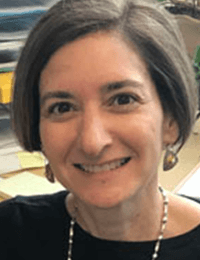The Novack lab has focused on the study of osteoclasts, the cells that resorb/remove bone to allow normal bone turnover. These cells are hematopoietic-derived cells of the monocyte lineage that differentiate in the bone microenvironment under the influence of the cytokine RANKL. OCs attach to the bone surface via integrins and form an extracellular compartment, the resorption lacuna, into which they secrete acid and proteases to degrade the organic and mineral components of bone. Activity of these cells is critical for bone homeostasis, but their abnormal activation is responsible for pathological bone loss in many settings, including osteolytic breast cancer metastases. Our work has centered on the role of NF-κB signaling in osteoclasts, particularly in the context of cancer metastasis to bone and inflammatory arthritis. NF-κB activation is known to be involved in the inflammatory response in autoimmune diseases, and it also plays imporant but complex roles in the pathogenesis of many types of cancer, include breast cancer. Because NF-κB is active in so many cell types, with different physiological effects, it is important to understand the role of NF-κB in bone cells, as well as in specific tumor and immune cells. We employ a variety of knockout and transgenic mice, as well as pharmacological treatments either inhibit or activate specific NF-κB pathways, using a combination of bioluminescent imaging, microCT, and histomorphometric analyses. Recently, we showed that IAP antagonists, which are promising anti-cancer agents, promote osteoclastogenesis, leading to formation of a bone microenvironment that is highly receptive to tumor metastasis. These effects are directly related to the intended mechanism of action of these drugs, acting through the alternative NF-κB pathway. Our ultimate goal is to guide the development of therapies that preserve bone structure and function while effectively targeting tumor and immune cells.
